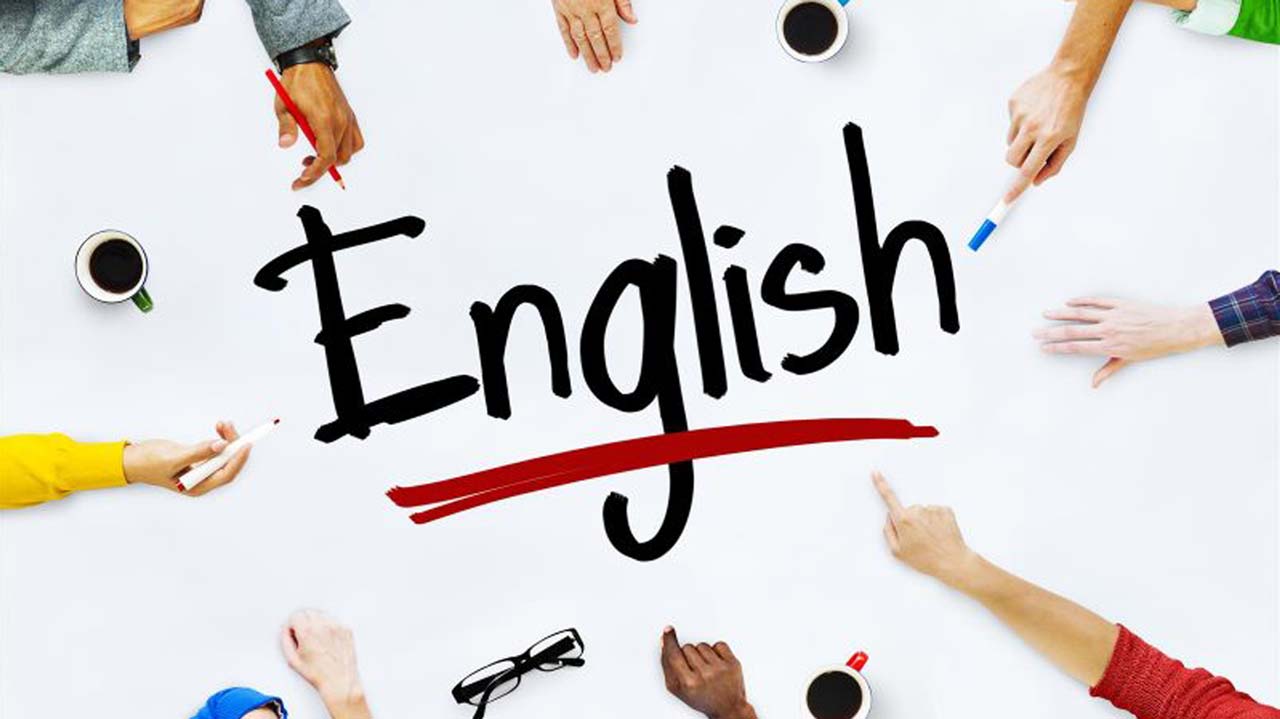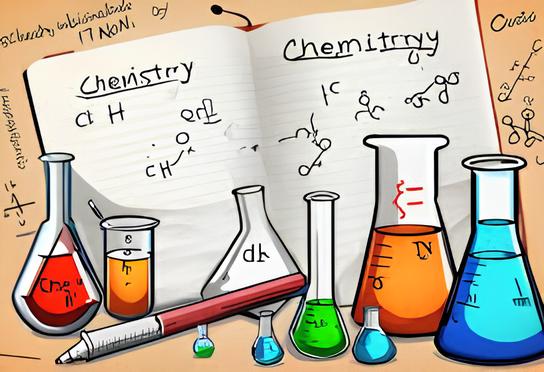JAMB English Note- Adjectives
Table of Contents
- Definition:
- Types of Adjectives:
- Class Exercise: Positive, Comparative, and Superlative Adjectives
- Function of an Adjective
- Key Functions:
- Order of Adjectives
- Detailed Breakdown of the Adjective Order
- 1. Quantity or Number
- 2. Quality or Opinion
- 3. Size
- 4. Age
- 5. Shape
- 6. Color
- 7. Proper Adjectives (Origin, Religion, Material)
- 8. Purpose or Qualifier
- Examples of Adjective Order in Sentences
- When to Break the Rule
- Class work
Definition:
An adjective is a word that modifies, describes, or gives more information about a noun or pronoun. It helps to specify the quality, quantity, or state of the noun or pronoun it modifies.
Types of Adjectives:
1. Descriptive Adjectives:
These adjectives describe the qualities or characteristics of a noun. They provide more details about the appearance, texture, size, shape, etc., of the noun.
Examples: beautiful, tall, colorful, soft.
Example sentence: She wore a beautiful dress.
2. Quantitative Adjectives:
These adjectives indicate the quantity or amount of a noun. They answer the question “How much?” or “How many?”
Examples: some, few, many, all.
Example sentence: We have many books in the library.
3. Demonstrative Adjectives:
These adjectives point out or specify a noun. They help to indicate a particular object or group of objects.
Examples: this, that, these, those.
Example sentence: This cake is delicious.
4. Possessive Adjectives:
These adjectives show ownership or possession. They are used to indicate who owns something.
Examples: my, your, his, her.
Example sentence: Her car is parked outside.
5. Interrogative Adjectives:
These adjectives are used to ask questions about a noun or pronoun. They usually appear before a noun.
Examples: which, what, whose.
Example sentence: Which dress do you like?
6. Indefinite Adjectives:
These adjectives describe a noun in a non-specific manner. They don’t point to a particular noun or quantity.
Examples: any, several, few, some.
Example sentence: Some people prefer tea over coffee.
7. Comparative Adjectives:
These adjectives compare two things, indicating a higher or lower degree of a quality.
Examples: larger, smarter, faster, more interesting.
Example sentence: The elephant is larger than the lion.
8. Superlative Adjectives:
These adjectives indicate the highest degree of a quality when comparing three or more things.
Examples: largest, fastest, most intelligent, best.
Example sentence: She is the smartest student in the class.
Class Exercise: Positive, Comparative, and Superlative Adjectives
Instructions: Fill in the blanks with the correct form of the adjective in parentheses, choosing between the positive, comparative, or superlative form.
1. This book is __________ (interesting) than the one I read last week.
2. That was the __________ (good) movie I have ever seen.
3. She is __________ (talented) than her brother at playing the piano.
4. My house is __________ (big) than yours.
5. This is the __________ (beautiful) flower in the garden.
6. John is __________ (friendly) than Tim, but Peter is the __________ (friendly) of all.
7. The weather today is __________ (bad) than yesterday.
8. That was the __________ (long) speech I’ve ever heard.
Function of an Adjective
The primary function of an adjective is to modify or describe a noun or pronoun, providing more detail and making the meaning clearer or more specific. Adjectives help convey information about the qualities, quantities, or characteristics of the nouns and pronouns they modify.
Key Functions:
1. Describing Qualities: Adjectives give more information about the qualities or attributes of a noun, such as color, size, shape, or condition.
Example: The blue sky looks beautiful.
2. Indicating Quantity or Amount: Adjectives specify the number or amount of something, answering the question “How much?” or “How many?”
Example: She has three apples.
3. Identifying Specific Nouns: Some adjectives point out particular nouns or indicate which noun is being referred to, helping to distinguish it from others.
Example: That book is mine.
4. Showing Possession: Possessive adjectives indicate ownership or association, answering the question “Whose?”
Example: This is my car.
5. Making Comparisons: Adjectives are used to compare two or more things. They indicate whether one thing is higher, lower, or equal in degree to another.
Example: This cake is tastier than the one I made yesterday.
6. Answering Questions: Adjectives often answer questions like “What kind?”, “How many?”, “Which one?”, or “Whose?”
Example: What kind of dog do you have? I have a large dog.
By performing these functions, adjectives add richness to language, enabling us to convey more detailed and accurate information about the people, objects, or ideas being discussed.
Order of Adjectives
Comprehensive Explanation on the Order of Adjectives
In English, when multiple adjectives are used to describe a noun, they must be arranged in a specific order. This order is not arbitrary but follows a set structure that allows sentences to sound natural and clear. Understanding the proper order of adjectives is essential for fluent and grammatically correct speech and writing.
Standard Order of Adjectives
The general rule for the order of adjectives in English is as follows:
1. Quantity or Number
2. Quality or Opinion
3. Size
4. Age
5. Shape
6. Color
7. Proper Adjectives (Origin, Religion, Material)
8. Purpose or Qualifier
This order ensures that adjectives follow a logical progression from more general descriptions to more specific ones.
—
Detailed Breakdown of the Adjective Order
1. Quantity or Number
Adjectives in this category describe how many items or how much of something there is. They indicate the amount or number of the noun they modify.
Examples: one, two, several, many, few, some, all, much, little
Example sentence: There are three books on the table.
Rule: Quantity or number adjectives always come first.
2. Quality or Opinion
These adjectives express the subjective nature of the noun. They describe how good, bad, interesting, or useful the noun is, according to the speaker’s opinion.
Examples: beautiful, ugly, interesting, delicious, important, delightful
Example sentence: She is an amazing artist.
Rule: Opinion adjectives typically follow quantity or number adjectives.
3. Size
Adjectives of size describe how big or small something is. They can express both physical dimensions and the metaphorical or relative size of something.
Examples: big, small, huge, tiny, gigantic, massive
Example sentence: He lives in a small house.
Rule: Size adjectives follow opinion adjectives when both are used together.
4. Age
Age adjectives indicate how old something or someone is. This category applies to both animate and inanimate objects, including people, animals, and things.
Examples: old, young, ancient, modern, vintage, new
Example sentence: That’s a new book.
Rule: Age adjectives usually come after size adjectives when used together.
5. Shape
Adjectives describing shape provide details about the physical form or structure of a noun.
Examples: round, square, rectangular, oval, triangular
Example sentence: She drew a round circle.
Rule: Shape adjectives are placed after age and size adjectives in the order.
6. Color
Color adjectives describe the hue of a noun. They specify what color something is, and they help to differentiate one noun from another.
Examples: red, blue, green, yellow, black, white, purple
Example sentence: I painted the wall blue.
Rule: Color adjectives come after adjectives related to shape.
7. Proper Adjectives (Origin, Religion, Material)
Proper adjectives describe the origin (where something is from), religion, or the material something is made of. These adjectives are typically derived from proper nouns and often indicate nationality, geographic origin, or material composition.
Examples: American, French, Chinese, wooden, metallic
Example sentence: They ate a French pastry.
Rule: These adjectives come after color adjectives but before purpose or qualifier adjectives.
8. Purpose or Qualifier
These adjectives describe the purpose or use of the noun. They indicate what the noun is for or how it functions.
Examples: sleeping (as in sleeping bag), cooking (as in cooking pot), swimming (as in swimming pool)
Example sentence: I bought a frying pan.
Rule: Purpose or qualifier adjectives are placed at the end of the sequence.
—
Examples of Adjective Order in Sentences
Here are a few examples that demonstrate the proper order of adjectives in sentences:
1. Three beautiful tall white French wooden chairs
Quantity: Three
Opinion: beautiful
Size: tall
Color: white
Origin: French
Material: wooden
2. Several interesting old red Italian leather books
Quantity: Several
Opinion: interesting
Age: old
Color: red
Origin: Italian
Material: leather
3. Two tiny little green plastic balls
Quantity: Two
Size: tiny
Size: little
Color: green
Material: plastic
4. A huge modern round concrete building
Size: huge
Age: modern
Shape: round
Material: concrete
5. One beautiful old French painting
Quantity: One
Opinion: beautiful
Age: old
Origin: French
—
When to Break the Rule
While the above order generally applies, there are some exceptions and situations where the rule can be adjusted:
1. Two adjectives of the same category: When two adjectives belong to the same category (e.g., both describing size or both describing color), their order can often be switched, and the meaning will remain clear.
Example: A big red car or A red big car (Both are correct, though the first is more common).
2. Common expressions and fixed phrases: Some fixed expressions in English do not always follow the strict order. For example, we say a big red apple rather than a red big apple.
3. Adjectives of shape and color: Sometimes adjectives of shape and color may appear in a different order if they provide more emphasis on one quality over the other.
Example: A large circular white plate (as opposed to a white large circular plate).
4. Prepositional phrases: Occasionally, adjectives may follow different patterns when they are part of a prepositional phrase. For instance, in the phrase a painting of beautiful colors, the adjective “beautiful” follows a different order because it modifies a noun that is part of a phrase.
Class work
1. Choose the option that best completes the sentence.
The ______ man gave the ______ gift to the children.
A. old, beautiful
B. old, beautifully
C. beautiful, old
D. beautifully, old
—
2. Choose the option that correctly orders the adjectives.
The _______ small _______ red ball rolled down the hill.
A. little, round
B. round, little
C. red, little
D. small, red
—
3. Select the sentence in which the adjectives are in the correct order.
A. The blue lovely old car was parked outside.
B. The lovely blue old car was parked outside.
C. The old blue lovely car was parked outside.
D. The old lovely blue car was parked outside.
—
4. Identify the correct adjective order in the following sentence.
I bought _______ _______ _______ dress yesterday.
A. a beautiful long red
B. a red beautiful long
C. a long beautiful red
D. a long red beautiful
—
5. Choose the correct option to complete the sentence.
Her _______ voice filled the room.
A. sweet beautiful
B. beautiful sweet
C. sweetly beautiful
D. beautifully sweet
—
6. Choose the option that best completes the sentence.
The _______ child ate the _______ chocolate.
A. tiny, sweet
B. sweet, tiny
C. tiny, sweetly
D. sweetly, tiny
—
7. Select the sentence with the correct order of adjectives.
A. The big old wooden chair was placed in the corner.
B. The wooden old big chair was placed in the corner.
C. The old wooden big chair was placed in the corner.
D. The big wooden old chair was placed in the corner.
—
8. Choose the correct adjective order to complete the sentence.
She wore _______ _______ black shoes to the party.
A. a beautiful new leather
B. new beautiful leather
C. leather new beautiful
D. beautiful new leather
—
9. Choose the option that best completes the sentence.
The _______ silver _______ coins were scattered on the ground.
A. shiny, small
B. small, shiny
C. shiny, smallly
D. small, shinily
—
10. Identify the correct sequence of adjectives in the sentence below.
The _______ large _______ wooden table was placed in the living room.
A. large, wooden
B. wooden, large
C. large, beautifully wooden
D. wooden, large beautiful
—
11. Choose the option that correctly orders the adjectives.
The _______ new _______ black shoes were on the shelf.
A. new, black
B. black, new
C. new, beautifully black
D. black, beautifully new
—
12. Choose the correct option to complete the sentence.
I prefer the _______ red dress to the _______ blue one.
A. beautiful, small
B. small, beautiful
C. beautiful, tiny
D. tiny, beautiful
—
13. Select the sentence in which the adjectives are correctly ordered.
A. The white small round ball bounced across the yard.
B. The small white round ball bounced across the yard.
C. The round small white ball bounced across the yard.
D. The round white small ball bounced across the yard.
—
14. Identify the correct adjective order in the sentence below.
I saw _______ _______ old house last week.
A. a large beautiful
B. beautiful large
C. a beautiful large
D. a large beautiful
—
15. Choose the option that best completes the sentence.
The _______ brown leather bag was left on the table.
A. beautiful
B. beauty
C. beautifully
D. beautifully beautiful





